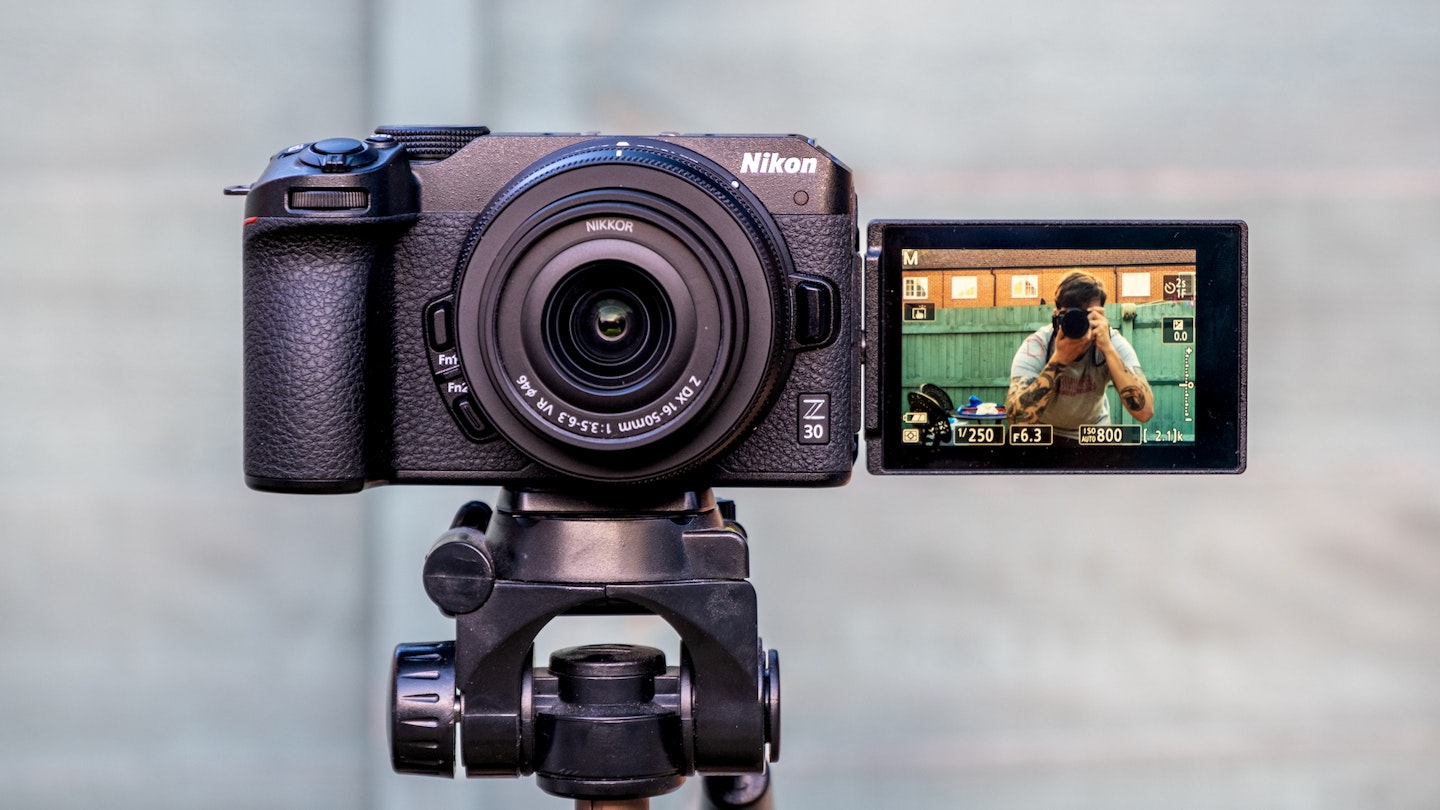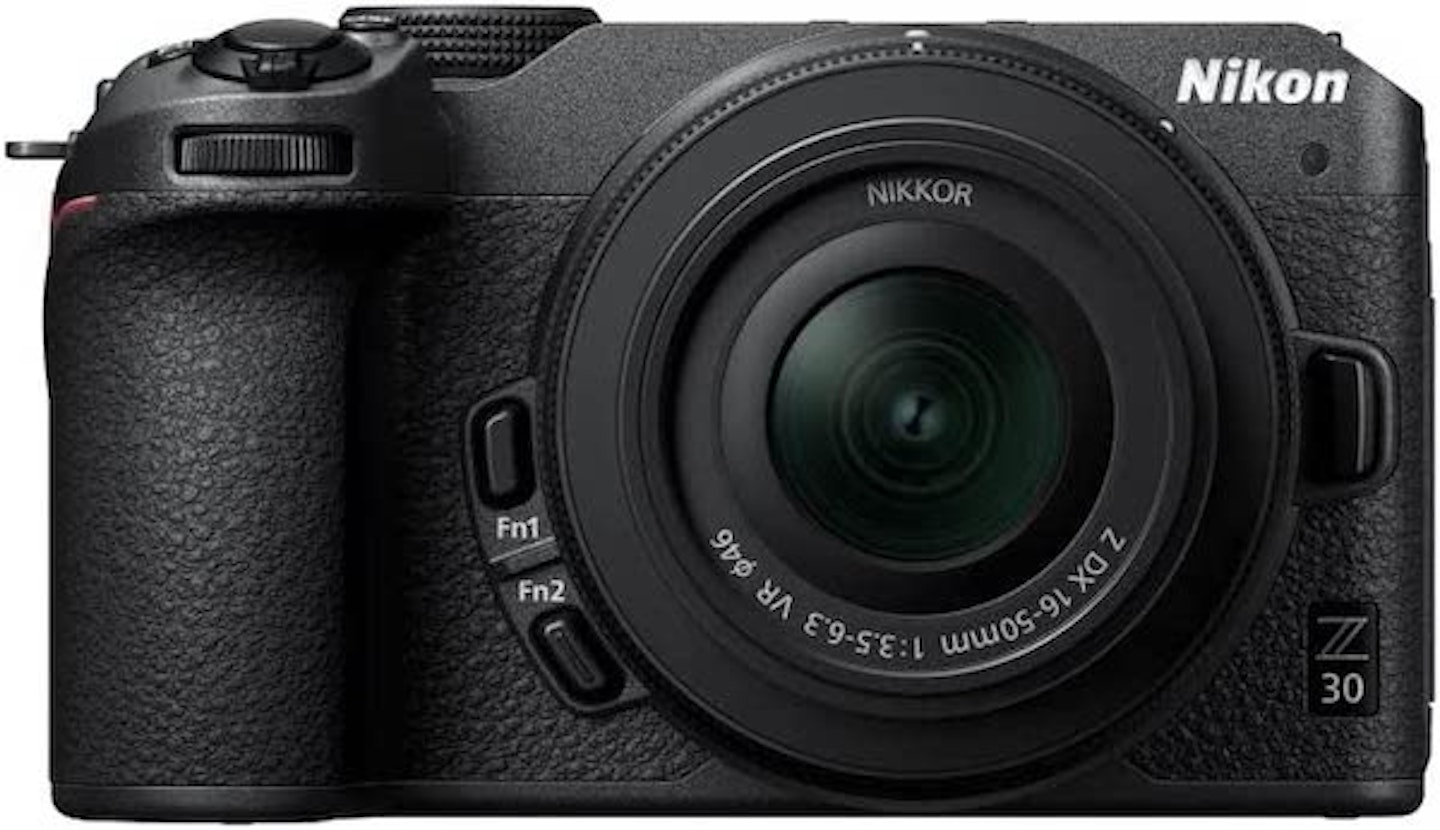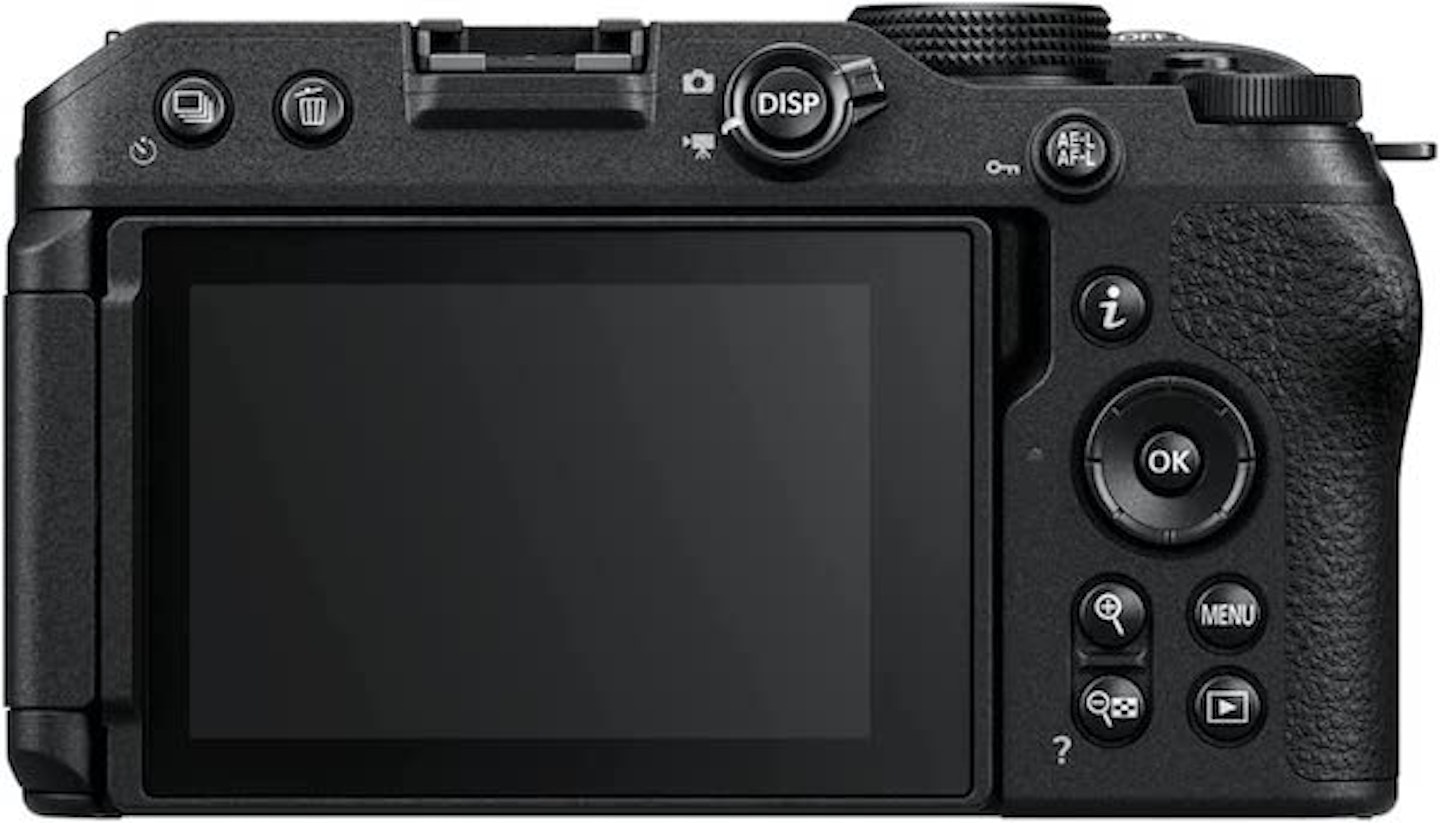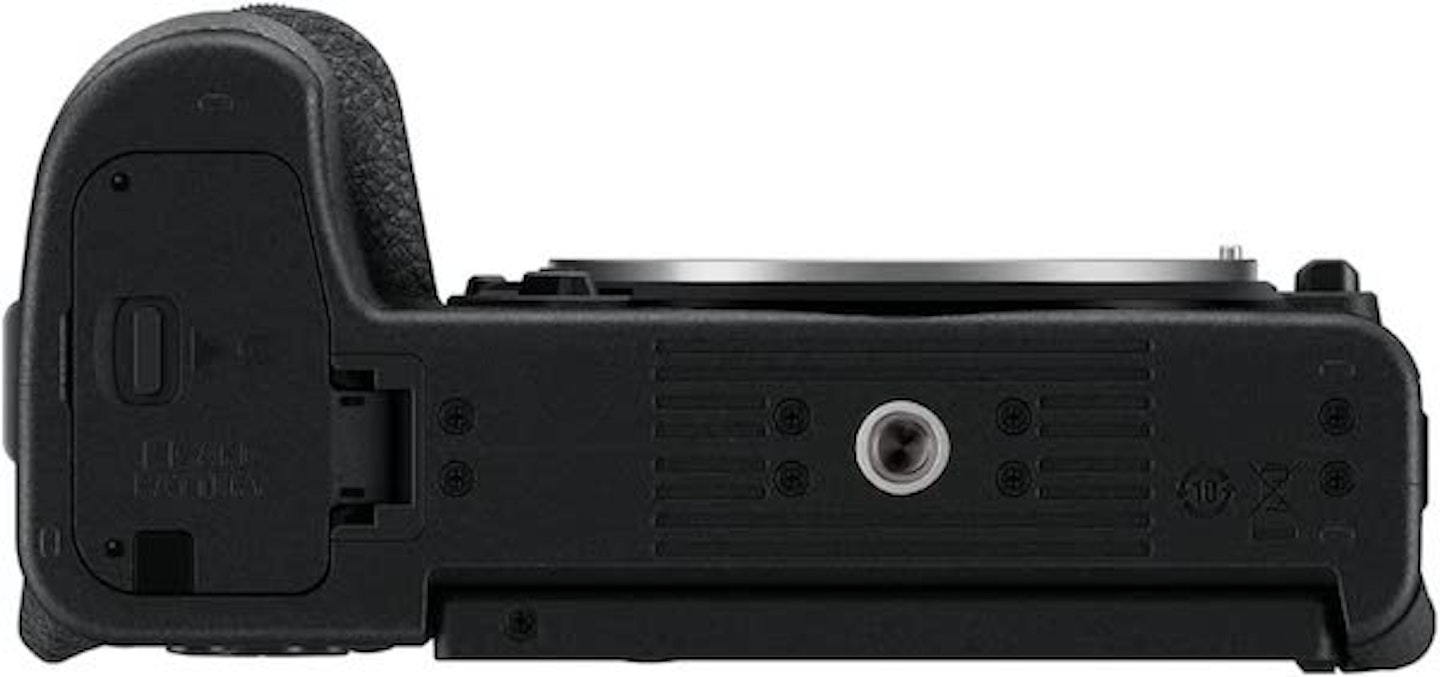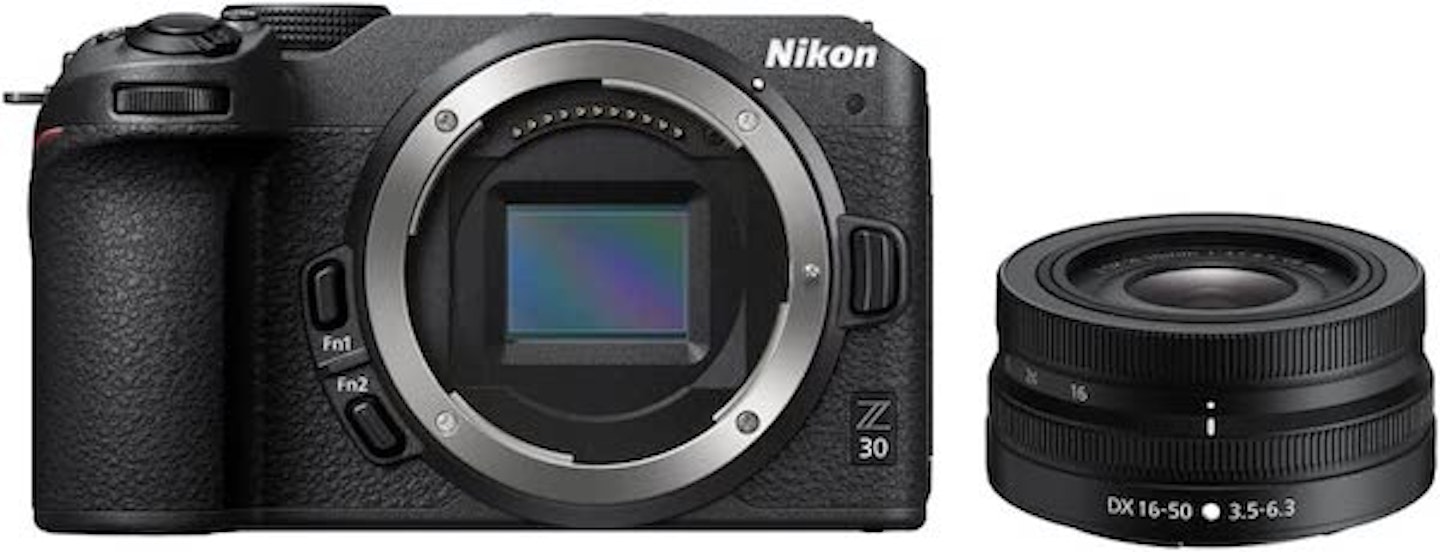The Nikon Z30 is an entry-level quality camera aimed at those hoping to make a splash in content creation. As such, video is at the forefront of its marketing campaign. There are plenty of features here that lend it to this purpose, too - its small and light build, APS-C crop sensor and articulating screen make it a very inobtrusive camera to carry and operate. For these reasons and more besides, it should appeal to aspiring travel vloggers - but can it rank among the best mirrorless cameras?
Likewise, its simple set-up and no-fuss features mean that talking head-style vlogs from the home office is quick to set up and start capturing footage. Live streaming is possible on this camera, too, when connected to a PC.
While Nikon, is keen for the camera to be adopted by anyone hungering to be in front of the lens, it’s also a camera for stills - no surprise, given that some of the best cameras around are Nikon. With a 20.9MP sensor – the same as you’ll find in the Nikon Z50 – and boasting Nikon’s well-regarded RAW and JPEG quality, the specs and price of this camera are likely to appeal to beginner photographers and travellers who feel ready to upgrade from their smartphones. In this review, William Lobley puts the Nikon Z30 through its paces. Read on to see how it faired in the test.

Nikon Z30: Videos

I am not a videographer, I’m a photographer. I have never live-streamed or edited footage outside of chopping down the runtime of clips caught on iPhone. In many ways, that makes me a prime candidate to review this camera’s video capability – its price and specs make it the landing place for video newbies and aspiring YouTube and Twitch stars.
As I discovered with all things while using the Z30, it’s very easy to get recording right from the box. Flicking the switch over from stills to video, I was able to easily dive into the quick-access menu – using the ‘i’ button – to set the quality and frame rate. For the most contemporary feel straight from the camera, you can select 4K/30fps quality and get shooting (though if frames are your aim, 1080p at 120fps will get you what you need).
From this quick menu, you can also access all other major video settings, including auto-focus and focus mode, microphone settings and colour balance. If you jump into the main menu settings, you can gain more control over video file types and similarly advanced controls.
As most newcomers will tend to do, I was happy shooting footage using automatic and majority-automatic modes. The footage captured using this method was incredibly satisfying, clear, and well-coloured. It was a quality that would be great for more casual videos, while equally being a good base to work from in more serious video editing software.

Throughout this process, I was able to put the focus tracking AI through its paces. Gladly, there’s not a whole lot to report – the tracking picked up my face quickly and kept it locked in. Only were there a few seconds of focus loss when I was purposefully jolting the camera back and forth.
If you want to walk and talk as you roam the streets of international capitals, this is going to have no trouble. Just note that there’s no in-built image stabilisation, so if you are wanting to shoot walking-and-talking, or at a low shutter speed, I hope you have a steady hand. Nikkor Z lenses with stabilisation are available separately.
While the footage is more than acceptable out of the box, it’s not such a sunny scene with the microphone. The good thing is that the mic is adept at picking up distant and close audio sources in the same scene. Some footage of a biplane flying over a countryside river picked the rumble of the engine, when it passed you could her waters rolling by and the casual chat of those walking by.
However, the wind was a dominating factor throughout my recording, both in open fields and on calm side streets. If you plan to record outdoors in any serious manner, you’ll need to spend some time tuning in the microphone sensitivity and invest in an external mic and wind baffler.
That said, if you’re just starting and looking to record indoors, you’ll be okay for a while. The microphones pick up voices with clarity and volume. In an un-echoey room with a bit of EQ tweaking in some basic video software, you’ll have no trouble getting them to sound decent.
If live streaming on Twitch, YouTube or Instagram is your aim, then the Z30 is here for you. With a simple driver download and a USB-C cable, the Z30 can be used on major platforms like OBS, providing your audience with a high-quality video feed. Super simple stuff.
Nikon Z30: Photographs
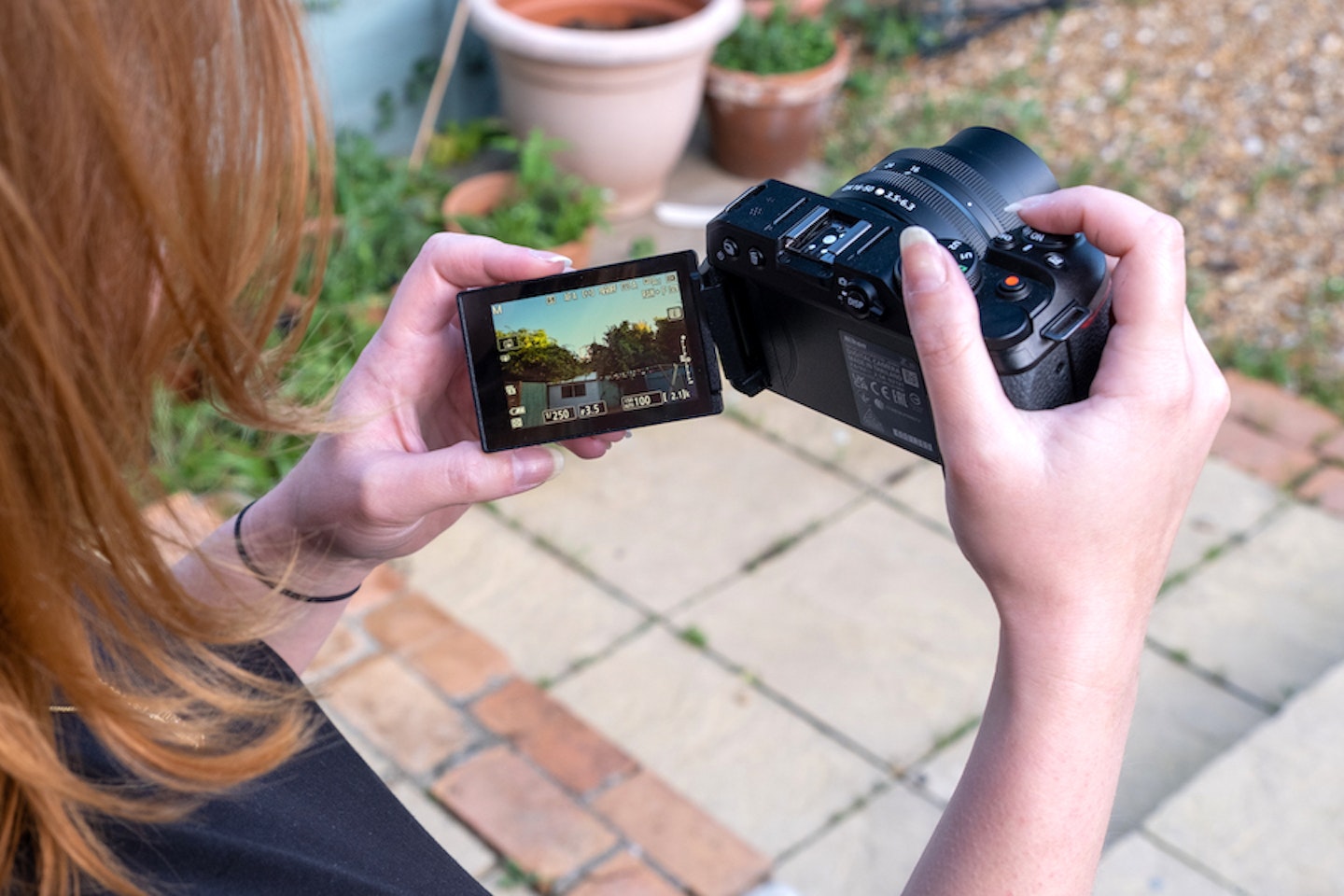
As with video, navigating the photography menus is a breeze. The ‘i’ button is the quick menu that you’ll likely use most and covers all the settings you’ll be changing on the regular, including focus mode, colour correction, shutter speed and exposure.
You can access more settings in the main menu, which itself is standard fare. There’s a customisable “My Menu” which you can set up to quickly access key settings that you find yourself tweaking regularly. I always go light on setting customisation and can roll with default controls – tapping the “DISP” button a few times showed me the histogram and I regularly used the “i” to switch between focus modes.
Depending on the mode you shoot in, by default, the back scroll works the shutter speed and the front aperture. The positioning of these is nice in the hand, so I never felt the need to switch it up.
Likewise, the small size of the camera is good for locking exposure via the AE-L/AF-L button with the thumb. Adjusting the exposure compensation key with the thumb and rolling the setting up and down with the forefinger is just as intuitive, too. These are all default settings and button assignments that can be changed as you get to know that camera a little more, but I felt they all felt useful, while those I didn’t use didn’t get in the way.
Nikon Z30: Sample JPEGs
 1 of 10
1 of 10Nikon-Z30-Review-sample10
Nikon Z30 with NIKKOR DX 16-50 - ISO 4000 | 50mm | f/6.3 | 1/125 | Unedited
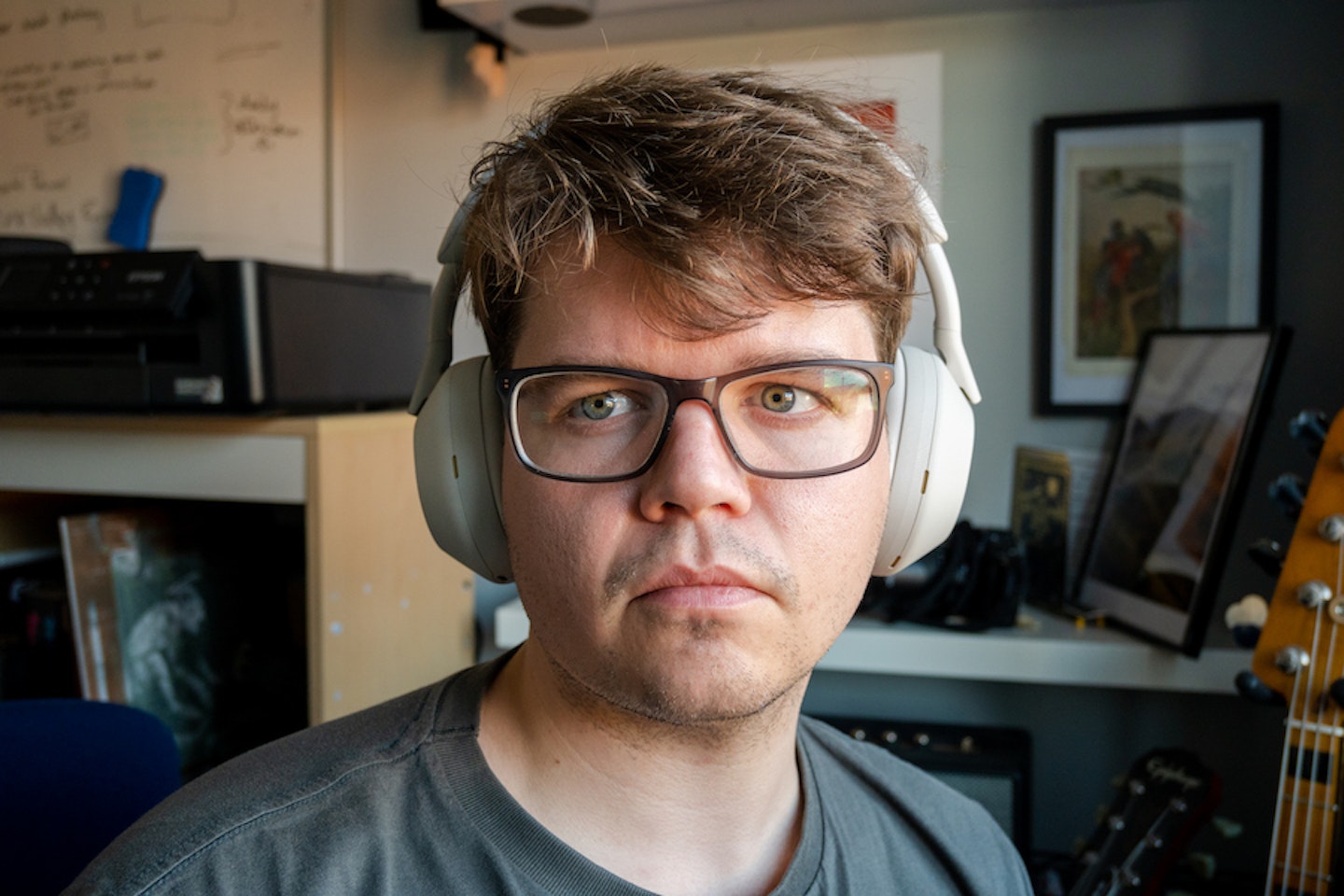 2 of 10
2 of 10Nikon-Z30-Review-sample8-1
Nikon Z30 with NIKKOR DX 16-50 - ISO 500 | 22mm | f/4.0 | 1/125
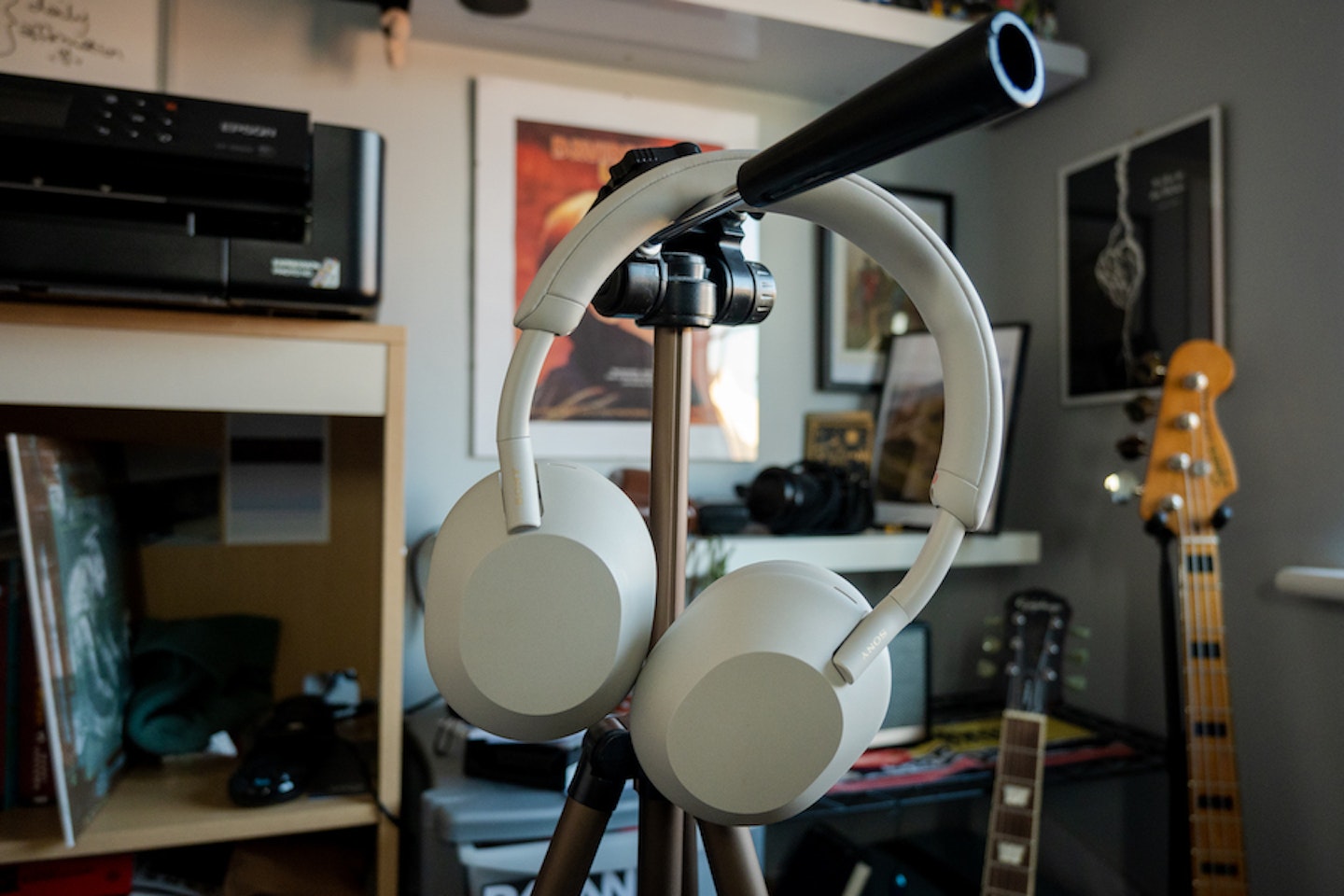 3 of 10
3 of 10Nikon-Z30-Review-sample9-1
Nikon Z30 with NIKKOR DX 16-50 - ISO 800 | 16mm | f/3.5 | 1/125
 4 of 10
4 of 10Nikon-Z30-Review-sample2-1
Nikon Z30 with NIKKOR DX 16-50 - ISO 160 | 28mm | f/6.3 | 1/250 | Unedited
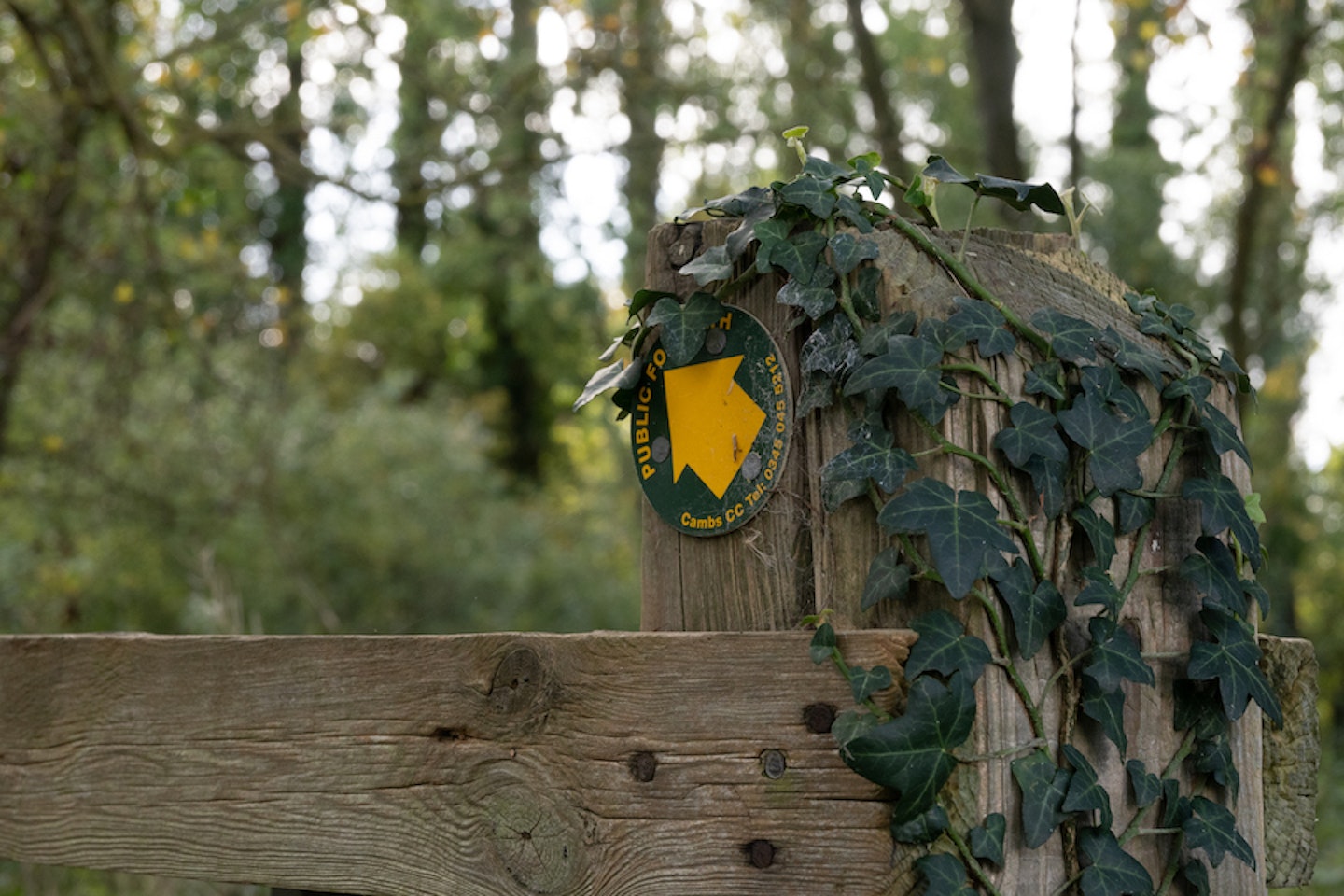 5 of 10
5 of 10Nikon-Z30-Review-sample1-1
Nikon Z30 with NIKKOR DX 16-50 - ISO 1100 | 50mm | f/8.0 | 1/250 | Unedited
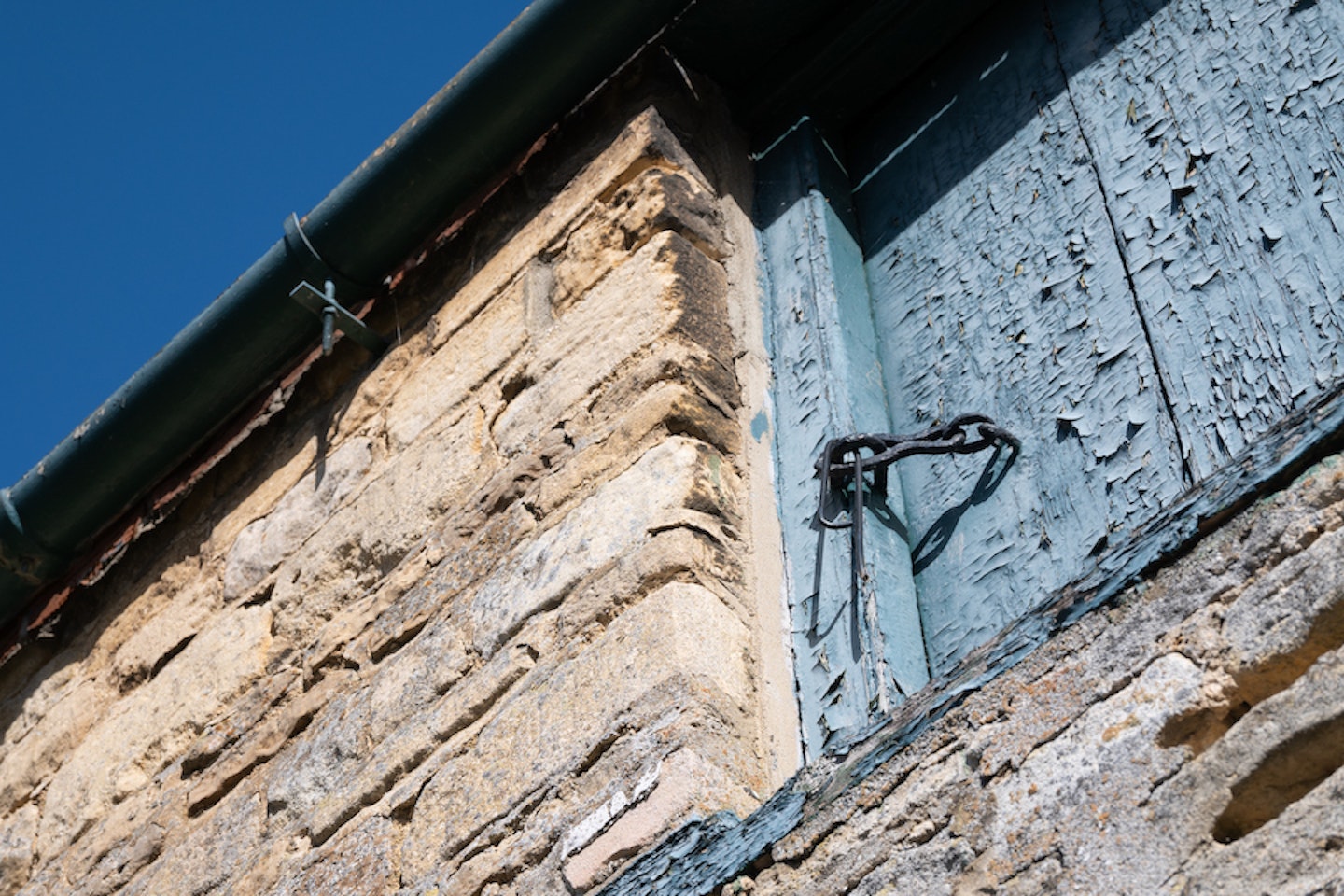 6 of 10
6 of 10Nikon-Z30-Review-sample3-1
Nikon Z30 with NIKKOR DX 16-50 - ISO 100 | 50mm | f/7.1| 1/400 | Unedited
 7 of 10
7 of 10Nikon-Z30-Review-sample4-1
Nikon Z30 with NIKKOR DX 16-50 - ISO 720 | 16mm | f/7.1 | 1/400 | Unedited
 8 of 10
8 of 10Nikon-Z30-Review-sample5-1
Nikon Z30 with NIKKOR DX 16-50 - ISO 140 | 40mm | f/7.1 | 1/400 | Unedited
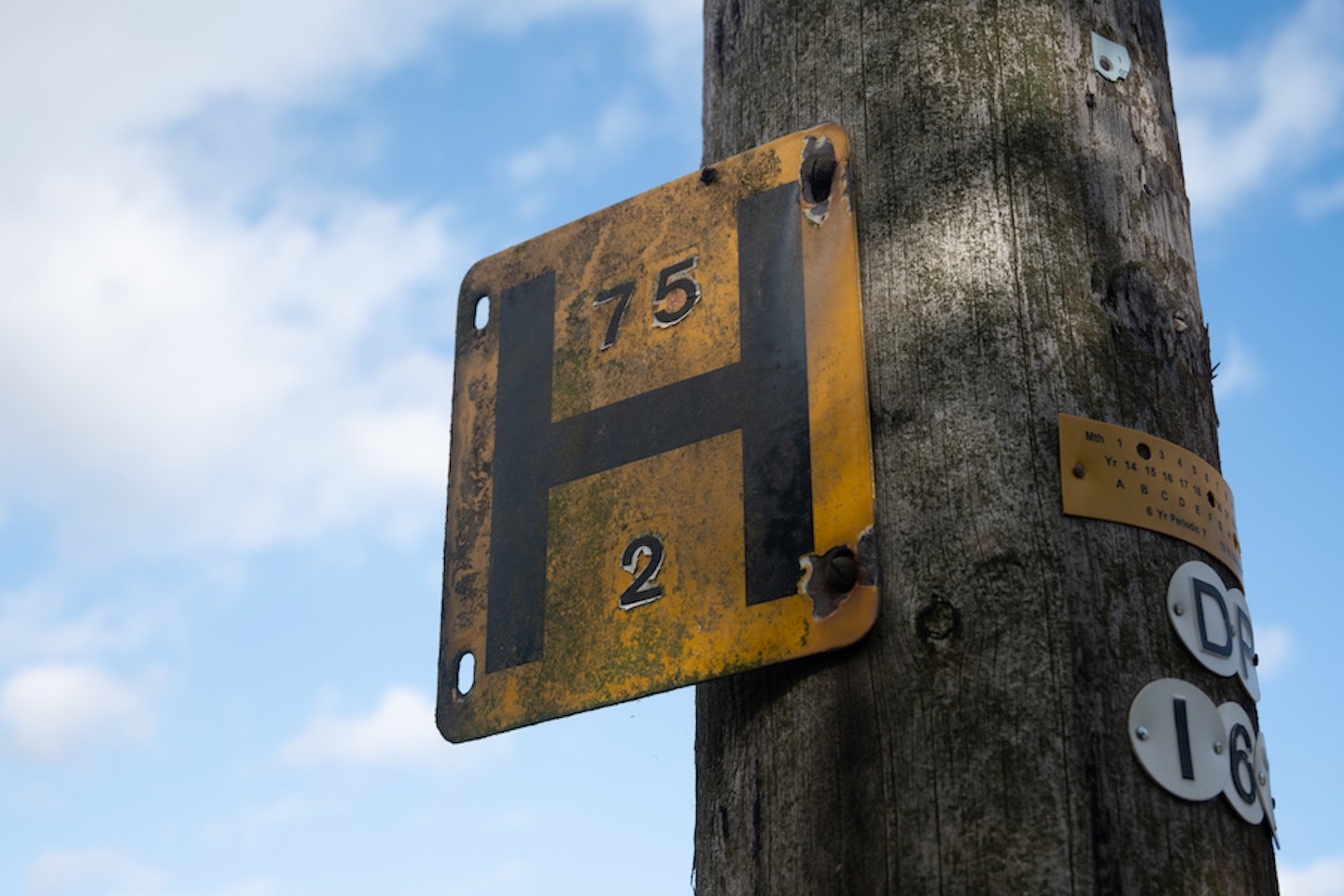 9 of 10
9 of 10Nikon-Z30-Review-sample6-1
Nikon Z30 with NIKKOR DX 16-50 - ISO 100 | 32.5mm | f/5.0 | 1/400 | Unedited
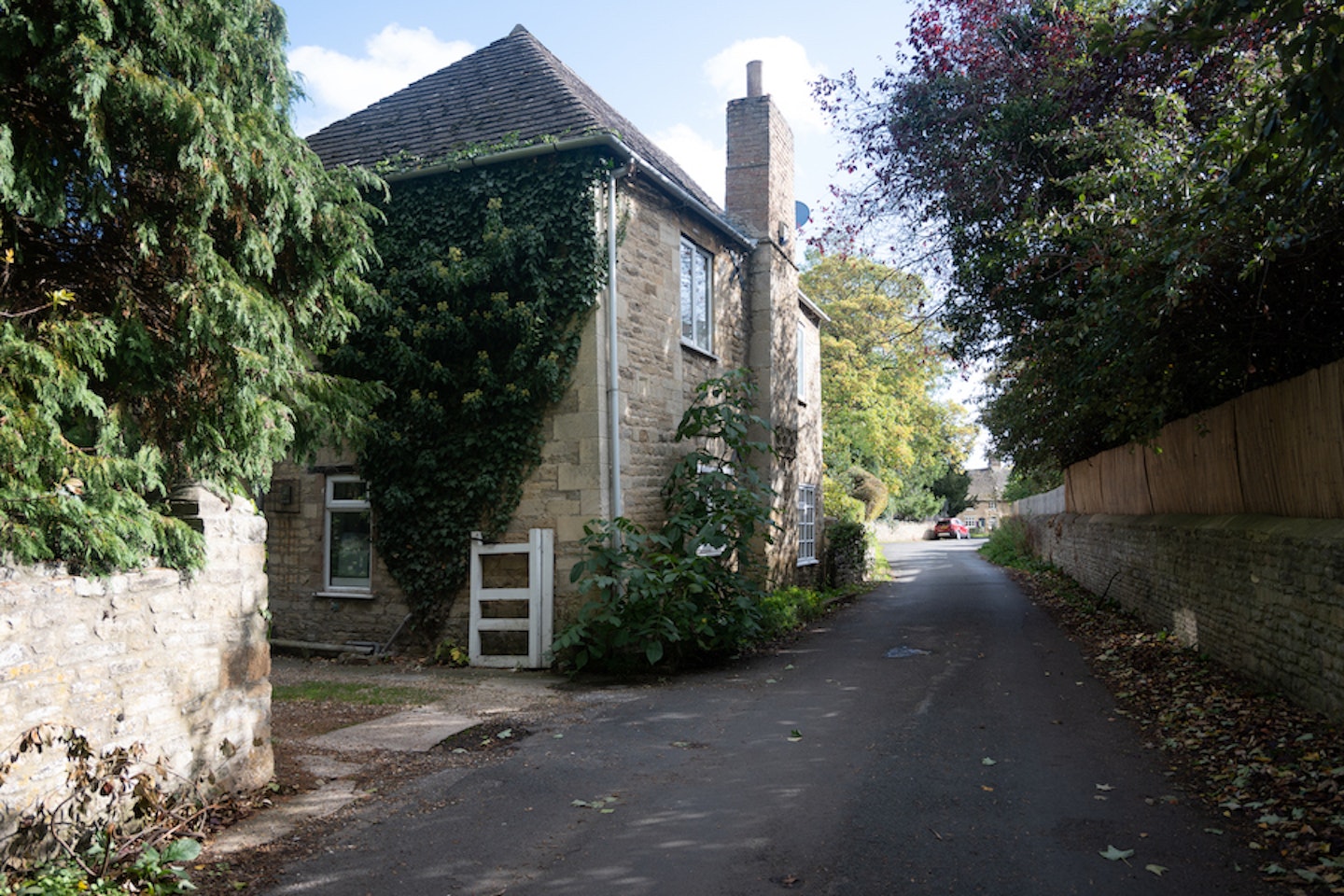 10 of 10
10 of 10Nikon-Z30-Review-sample7-1
Nikon Z30 with NIKKOR DX 16-50 - ISO 125 | 18mm | f/4.0 | 1/400 | Unedited
With both photographs and video, one of the best things about this camera is the deep grip, which allows you to capture images and play with settings comfortably. The flip screen allows you to nail selfies and the lightness of the body means that holding the camera at arm’s length is an easy feat. Also, with its small body and the compact lens tested (more on this soon), the Z30 could slip into my jacket pocket when not in use.
The quality of the pictures produced by the Nikon Z30 is very, very acceptable, with pleasant even skin tones and colour palettes. The RAW files are as versatile as any I’ve worked with, so editing newcomers will have plenty of flexibility to practice their edits. If you’re not too fussed about editing RAW photos, there are different profiles available if you want to shoot straight to JPEG, allowing you to enhance or subdue colours, or switch to monochrome. With both RAW and JPEGs, I would happily produce A4 prints with this camera and share large images online.
Nikon Z30: More sample JPEGs
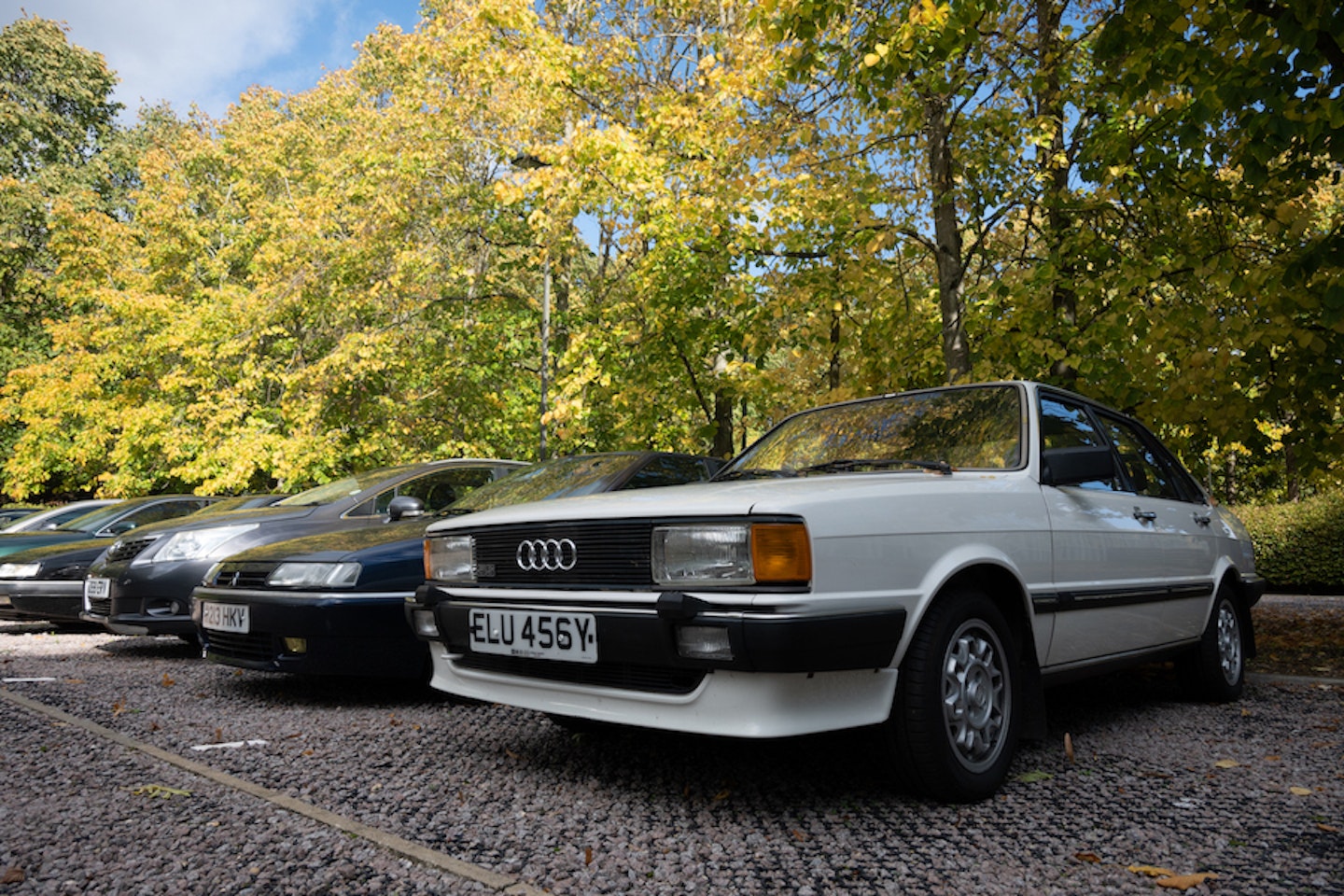 1 of 4
1 of 4Nikon-Z30-shot-samples
Nikon Z30 with NIKKOR DX 16-50 - ISO 220 | 16mm | f/4.5 | 1/1000 | Unedited
 2 of 4
2 of 4Nikon-Z30-shot-samples-2
Nikon Z30 with NIKKOR DX 16-50 - ISO 250 | 44mm | f/6.0 | 1/1000 | Unedited
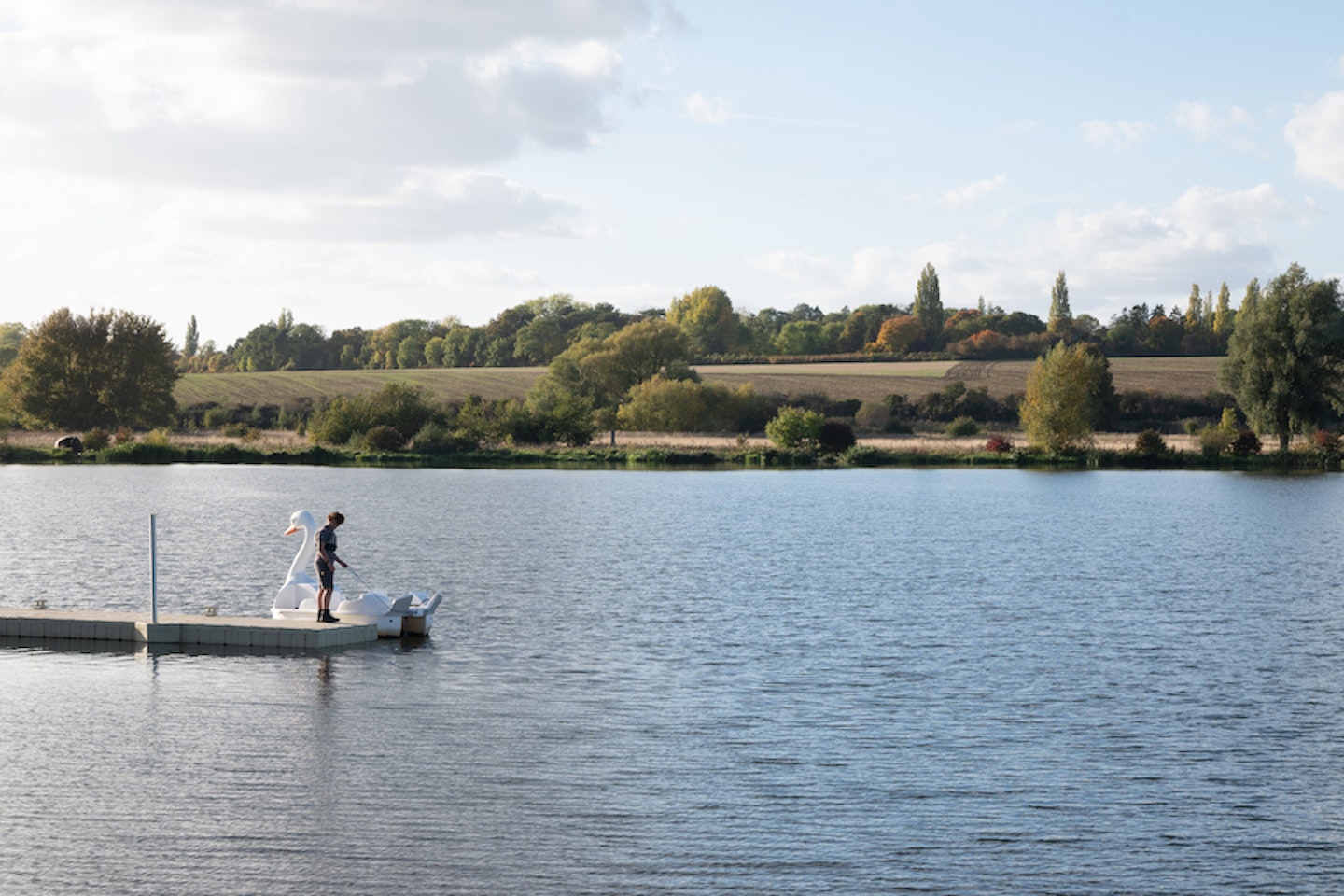 3 of 4
3 of 4Nikon-Z30-shot-samples-3
Nikon Z30 with NIKKOR DX 16-50 - ISO 100 | 50mm | f/6.3 | 1/250 | Unedited
 4 of 4
4 of 4Nikon-Z30-shot-samples-4
Nikon Z30 with NIKKOR DX 16-50 - ISO 200 | 50mm | f/6.3 | 1/250 | Unedited
The sensor is good, but it’s only part of the equation. The NIKKOR DX 16 – 50 kit lens supplied for this review also pulled its weight nicely. Those with a history of using quality zooms and prime lenses might be downbeat on this kit lens, but only if you peep your pixels will you have an issue. It’s a good flexible size, with 16mm (24mm full frame equivalent) likely being of most appeal to those recording themselves. This widest setting also produces enjoyable landscape and street photography images.
A 23mm prime (35mm full frame equivalent) is my preferred lens, and I found the DX16 to perform at this length well. It helps a consistent sharpness across the frame, especially between f/5.6 and f/8, which is more than adequate for showcasing your shots digitally. The DX 16-50 is a good starting place, and owners of the camera will be able to upgrade when they are more settled on what focal lengths they prefer.
In all, the Z30 and DX 16-50 combo is versatile and adept. I even used it to capture images for a recent review of the Sony WH-1000XM5, showcasing more of the camera’s versatility.
Any downsides to the Nikon Z30?
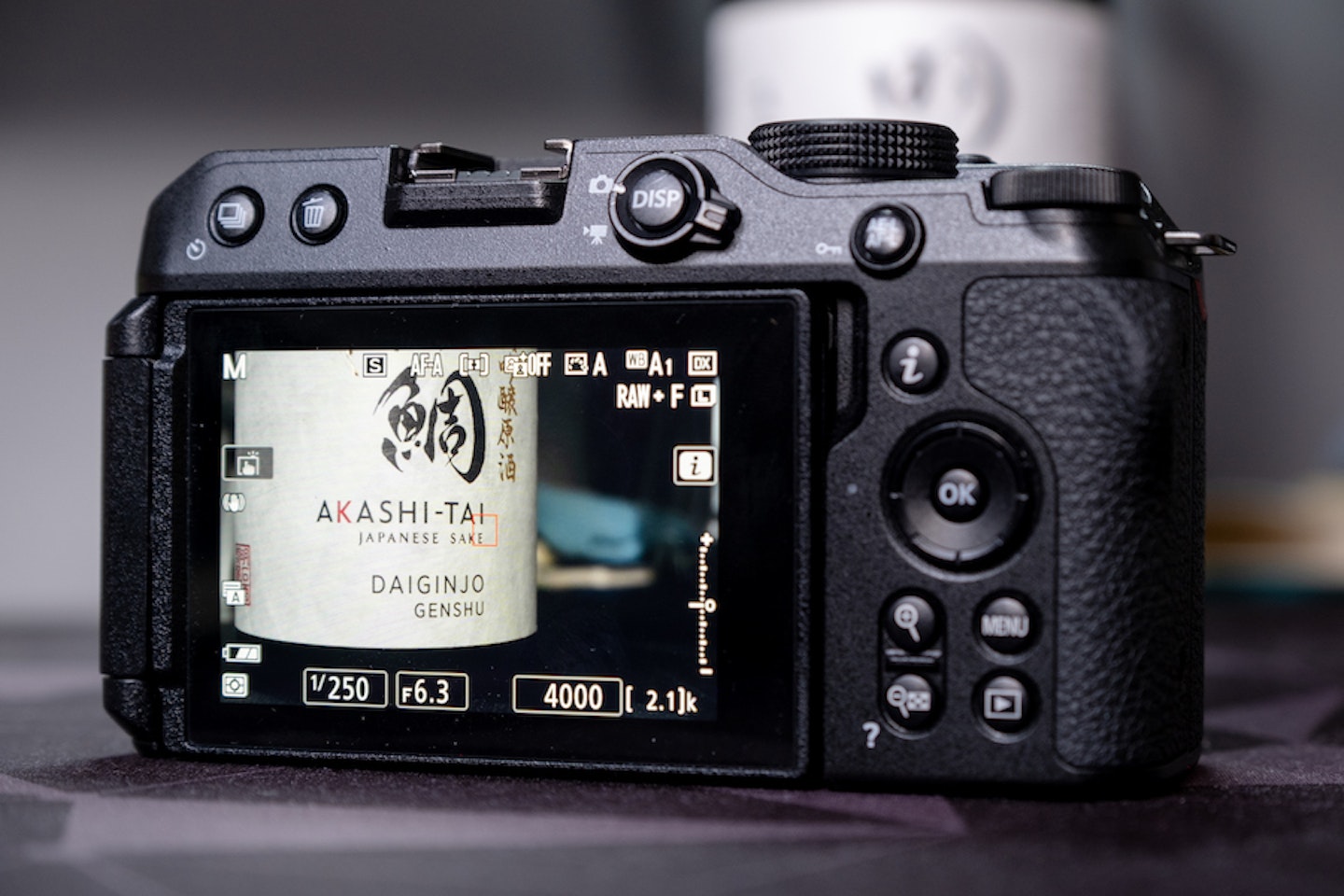
As an entry-level camera, the build quality is solid enough, but it does feel plasticky. The positive of this is that it’s lightweight – which is good for one-armed selfies. The place it is felt most is with the buttons, which do feel more budget than I would’ve liked. That said, the function of these was never a problem.
My biggest bugbear is the lack of a viewfinder. My daily use is on a Fujifilm XT3 with an Electronic Viewfinder (EVF), and before this, I was using an XT-20 (EVF) and Canon DLSR (VF). As a result, shooting photographs with the Z30 felt like fighting with an arm tied behind my back. It can be harder to gauge how a frame looks without a viewfinder, and you’re also much more at the mercy of reflections. On several occasions, I had to shoot and pray, unable to see my frame when in direct sunlight or artificial light.
Disappointingly, a compatible aftermarket EVF accessory isn’t available for the hot shoe as an optional extra, either – this furthers the case that Nikon is aiming this camera at the video and social media markets.
For anyone upgrading from a smartphone, this missing feature will be less jarring, or possibly irrelevant.
When it comes to recording video, the only point of contention is that you need a baffler or aftermarket mic to have usable footage, especially if you’re recording outside. This a common need for all video cameras, but it’s a price you need to factor in when budgeting for your new videographer career.
In a similar vein of “not-uncommon-but-be-aware”, the Nikon Z30 only has one SD card slot. I’ve never had an SD card fail on me, but I’ve been close – and I‘ve heard horror stories. Only one slot means that you don’t have any backup for footage and images, and thus no redundancy protection if a fault were to occur. I would love to have seen a second slot, and I imagine it’s the same for anyone who has just spent the whole day capturing footage.
Price and competition
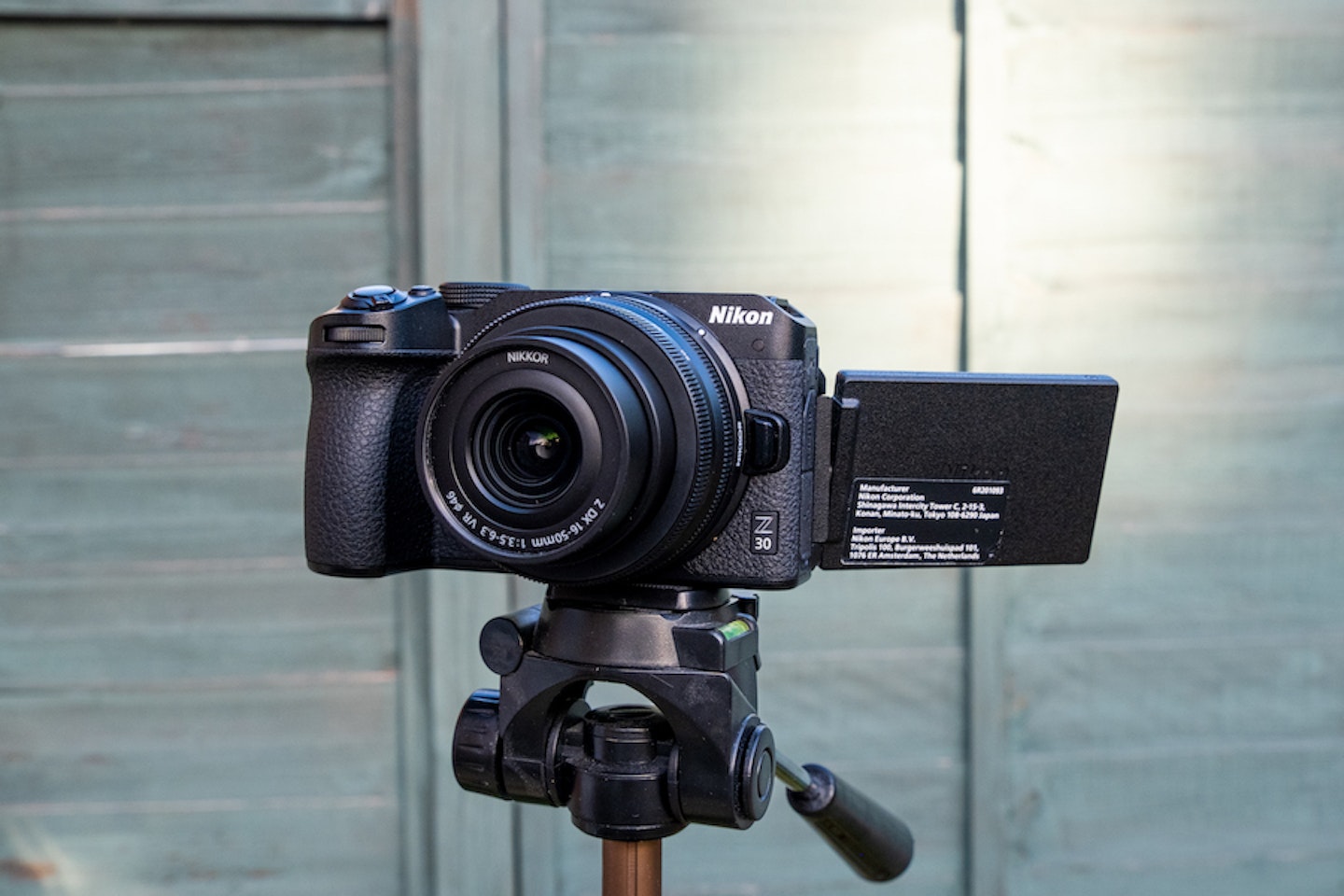
At full retail price, the Nikon Z30 with the 16-50mm lens will set you back £839, but with a little internet searching, you can see it sitting around the high 700s. A reasonable price for an entry-level camera of this quality.
If sub-£800 is your budget, the Z30 does have some stiff competition, though. The Canon EOS M50 is an almost like-for-like competitor, with a similar form factor and kit lens bundles available. Albeit, the M50 is slightly cheaper, has a viewfinder and a 24.1MP sensor, and access to Canon’s affordable back catalogue of lenses. Nikon once had a similar back catalogue benefit with the F mount lenses, but the new Z mount range doesn’t have the depth or breadth – yet.
If the Z30 is attractive to you but the £800 price tag makes your eyes water, then the ever-popular Sony A6000 may be worth considering. Though not quite as well designed for video specifically and not covering 4K, it is an excellent lightweight camera for newcomers, plus it has an EVF. With a 16-50mm lens, this comes in at a head-turning £500.
Looking to spend more? What’s The Best has previously reviewed the Fujifilm X-S10, a camera with a similar form factor and available with image stabilisation lenses.
Nikon Z30: Our Verdict
This is a great entry-level camera for anyone starting on their videography journey. The ease of use with this camera means that a beginner can happily pick the camera up and start shooting, while those with a little experience will be able to explore deeper into the modes and customisable settings available. However, those wanting to start a video career will want to invest in an additional microphone to ensure their footage has a professional polish.
The NIKKOR DX 16-50 lens, though basic, covers the fundamentals well and is the ideal pack-in for on-the-go video and travel photography. Though when you peep at a pixel level its limitations are clearer, it’s even able to turn its hand to real-world product and beginner portrait photography.
If the Nikon ecosystem is the one that draws you in, the Z30 is a comfortable and accomplished starting point.
Pros
- Simple to use
- Quality images
- Nice form factor
Cons
- Only one SD slot
- No viewfinder
- Z mount lens choice is limited
| Megapixels | 20.9 (5568 x 3712 max resolution) |
| Sensor | АРЅ-С CMOS, 1.5x crop factor |
| Lens mount | Nikon Z |
| ISO Min/Max | 100/51200 |
| Video maximums | 4k at 30fps, 1080p at 120fps |
| Shutter speed | 30sec min, 1/4000 max |
| Image stabilisation | No |
| Connections | Туре-С соnnесtоr (Ѕuреr Ѕрееd UЅВ) UЅВ), Туре D НDМІ соnnесtоr, ехtеrnаl ѕtеrео mіс соnnесtоr, ассеѕѕоrу ѕhое |
| Card support | ЅD/ЅDНС/ЅDХС саrd (UНЅ-І ѕuрроrtеd) |
| Size/Weight | 128.0× 73.5 × 59.5 mm/405g |
- 3-inch vari-angle touchscreen
- Nikon Z mount lens system
- 4K video
- 20.9MP
More items to consider:
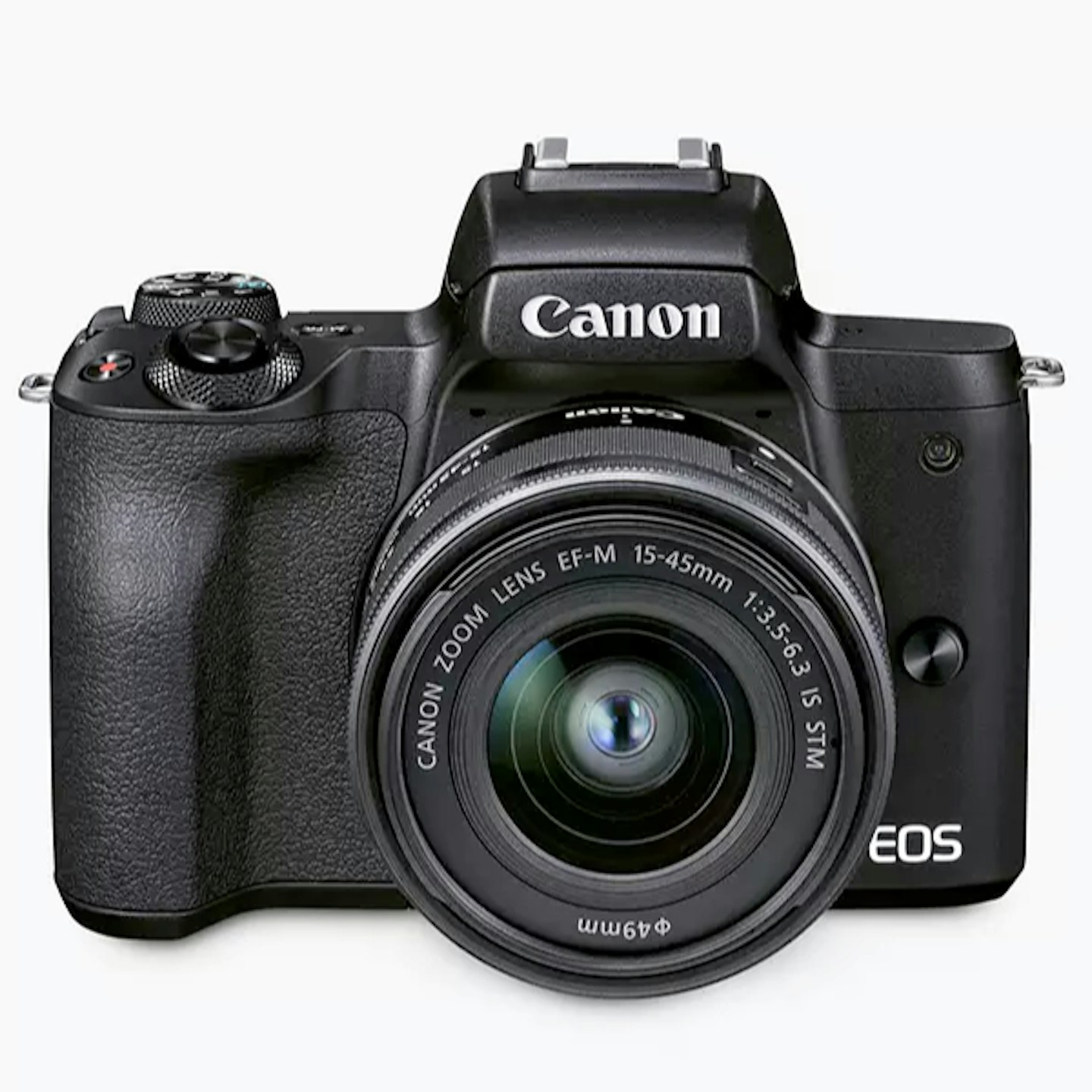
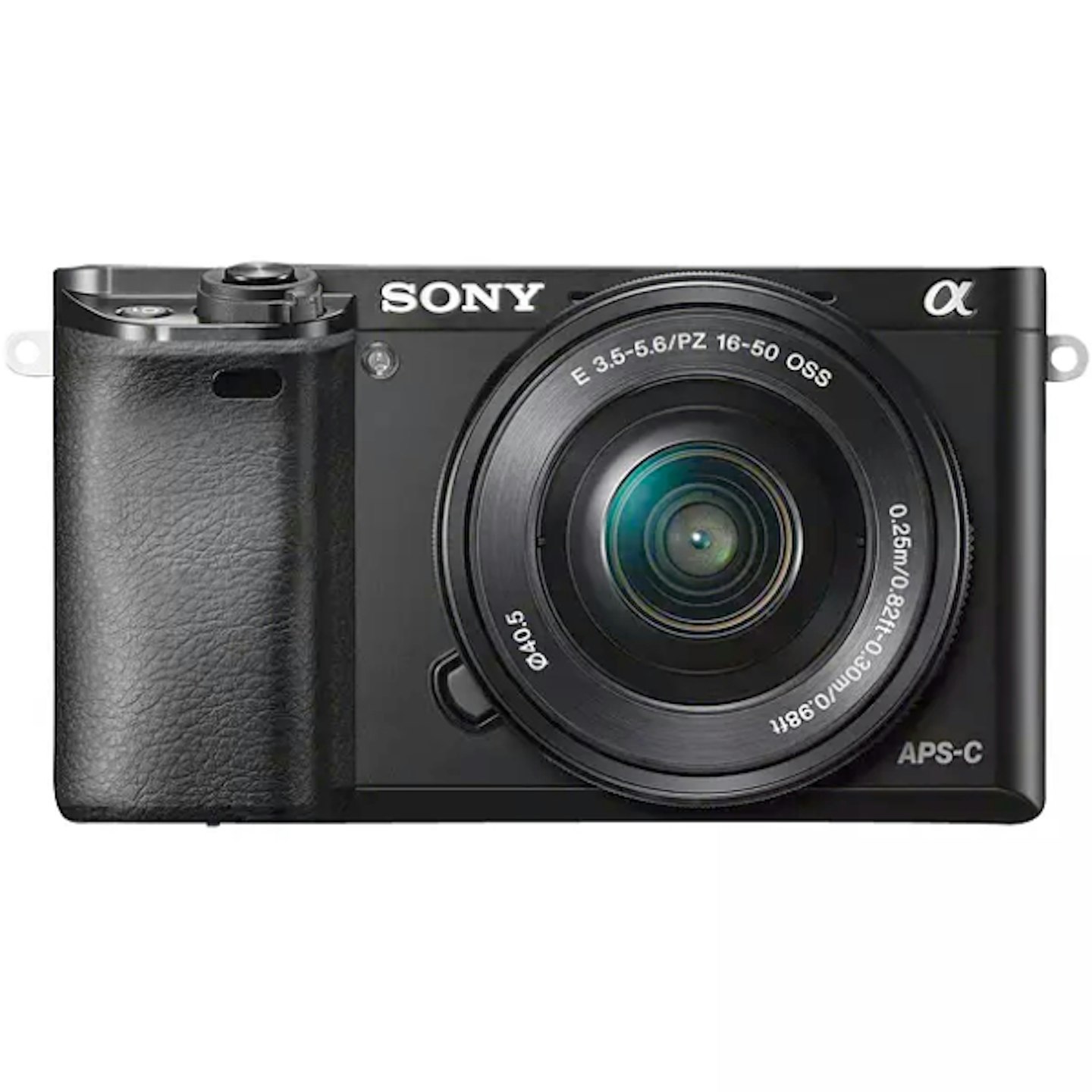
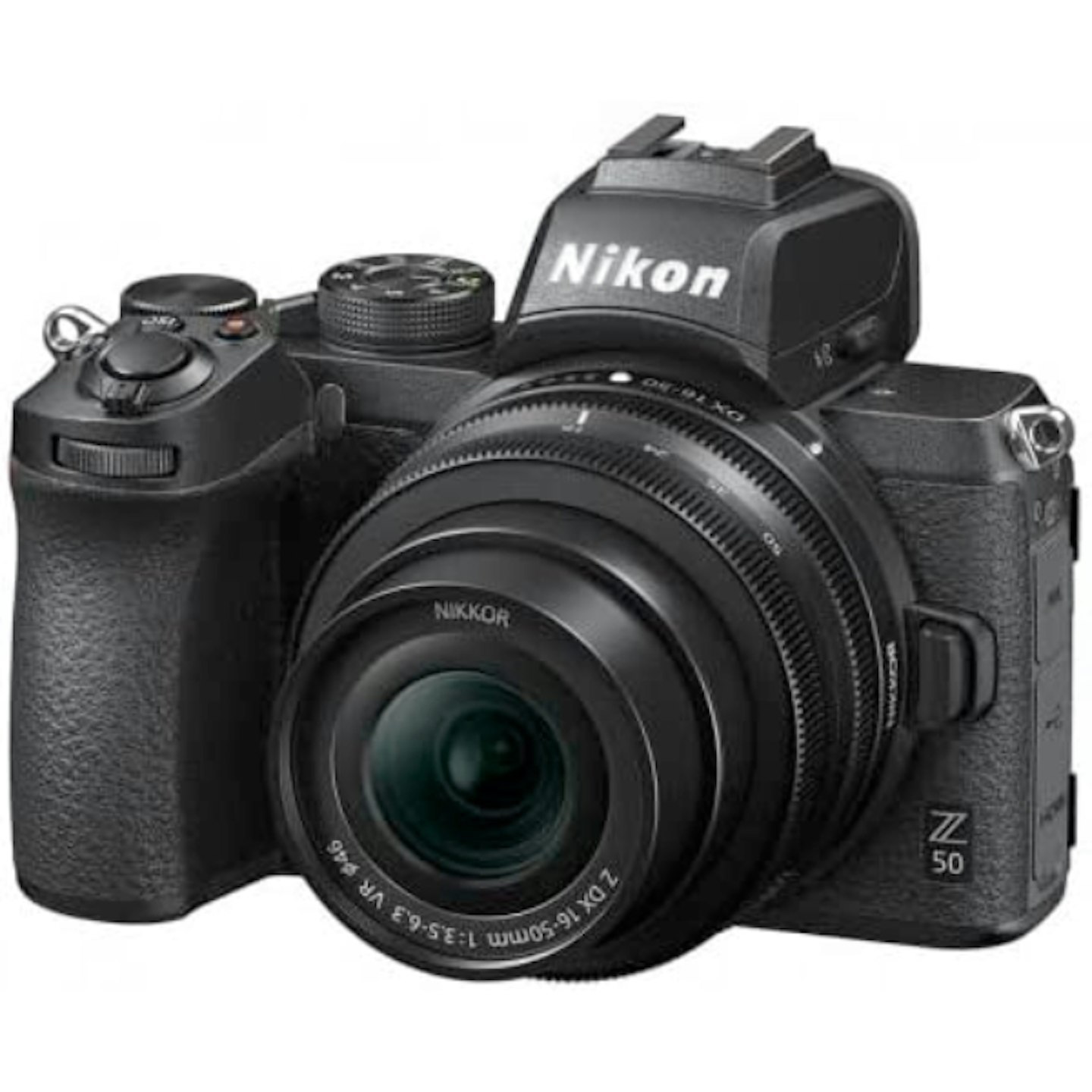
How the product was tested
The Nikon Z30 and kit lens were tested over three weeks. It was used for landscape, street and product photography. Stills were taken in both RAW and JPEG. Video footage was captured in cities and the countryside, as well as in the office.
William Lobley is a Deputy Editor and reviewer for What's The Best, specialising in technology and outdoors. He also writes for Empire Online.
Subscribe to the What's The Best Newsletter to keep up to date with more of the latest reviews and recommendations from William and the rest of the WhatsTheBest team.
